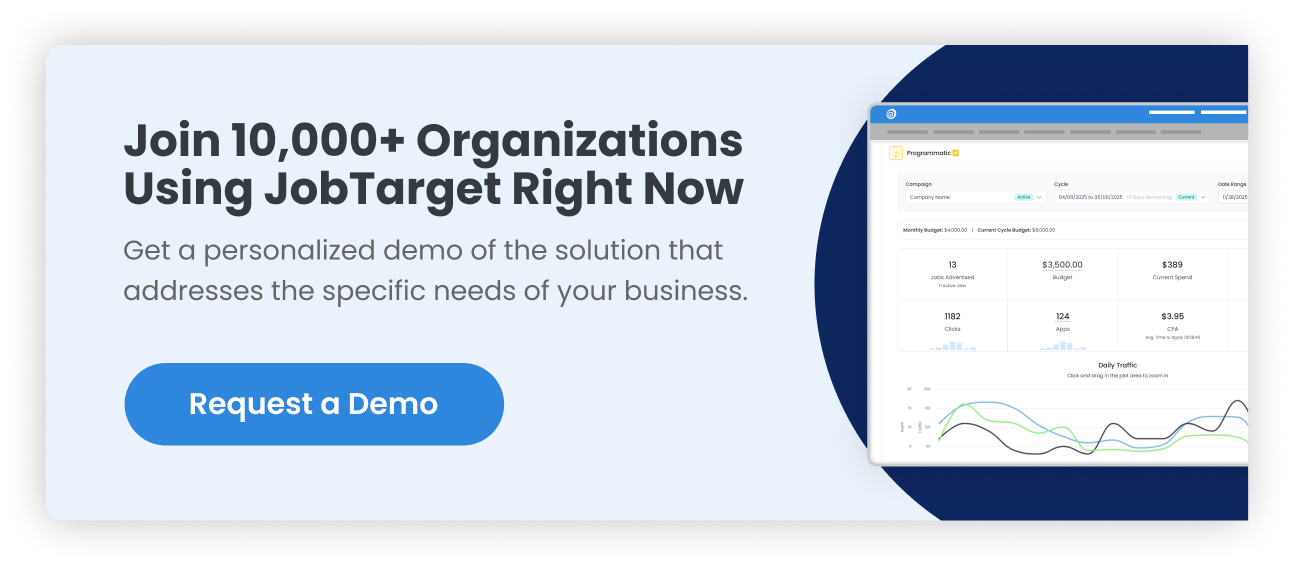If you missed, “3 Things You Need to Know About [New] Salary Transparency Laws: Part 1”, here’s the gist:
-
On November 1, 2022, New York City began requiring most employers to disclose the minimum and maximum annual base salary or hourly wage in their advertised job postings.
-
A slew of other states are following suit or have already enacted pay transparency laws including Colorado, Connecticut, Maryland, Rhode Island, Washington, Nevada, California, and other jurisdictions.
-
Discussing salary requirements will no longer be a “nice-to-have" for candidates, it will be a right.
-
As transparency about compensation rises externally, it will naturally affect discussions about pay equity among employees.
Okay, now we’re ready for part two.
1. Salary Transparency is working to close racial and gender wage gaps
You may be wondering, “why is pay transparency this important?”
It’s important to understand that it’s not just about giving more power to the candidate. It’s about closing wage gaps – including both racial and gender gaps.
Hiring people should be a two-way contract. A partnership. And partnership's require transparency.
In 2021, the median pay for full-time women workers was about 83% of men’s pay, according to federal data from the BLS, and women make less than their male counterparts in nearly all fields.
For women of color, the numbers are even worse. A report by the National Partnership for Women and Families found that Black women make 64 cents for every dollar paid to white, non-Hispanic men. For Latina women, it’s 54 cents and for Native American women, it’s just 51 cents.
These salary transparency laws are aimed at filling these gaps. This, in turn, will require companies to revisit their pay scales, have intentional conversations with candidates and employees, as well as hold themselves accountable for pay equity and inclusion.
2. Salary Transparency in external job postings
As for the logistics of including salary ranges in job postings, we’ll walk through a few examples, by State, that will go into effect in January.
California
California’s pay transparency law will go into effect on January 1, 2023.
-
Salary transparency in external job postings. Employers with 15 or more employees will be required to include a pay scale, either the salary or hourly wage range, for any job postings, including postings published by third parties. Other forms of compensation are not required to be disclosed.
Washington
Washington’s pay transparency law will go into effect on January 1, 2023.
-
Salary transparency in external job postings. Employers with 15 or more employees, including employees who do not have a physical presence in Washington, as long as the employer has one or more employees located in Washington, will be required to include a wage scale or salary range for any job posting and a general description of all benefits and other forms of compensation to be offered to hired applicants. This applies to postings published by third parties, postings done electronically, and postings done by hard copies. An employer cannot avoid disclosing wage and salary information requirements by indicating within a posting that the employer will not accept Washington applicants.
Rhode Island
Rhode Island’s pay transparency law will go into effect on January 1, 2023.
-
Salary transparency not required in external job postings. Unlike California or Washington laws, the Rhode Island law does not expressly require employers to post anticipated salary ranges in postings. Instead, it provides that, upon request, employers must provide an applicant for employment with the wage range for the position for which the applicant is applying. Employers should disclose the range prior to discussing compensation for the position with the applicant. Employers are required to provide an employee the wage range for the employee’s position both at time of hire and when the employee moves into a new position.
3. It's time to make a change
Even if you are not an employer covered by these laws it is likely that additional jurisdictions will enact similar pay transparency laws. We advise businesses to plan ahead before it’s a requirement you have to race against.
Need some more guidance on compensation data specific to your metro area? Learn about our Compensation Analyzer tool here.
**This blog is for general informational purposes only and is not intended to offer legal advice. Laws and regulations other than those mentioned above may apply. Consult with an attorney for further information or specific advice.

.png)






